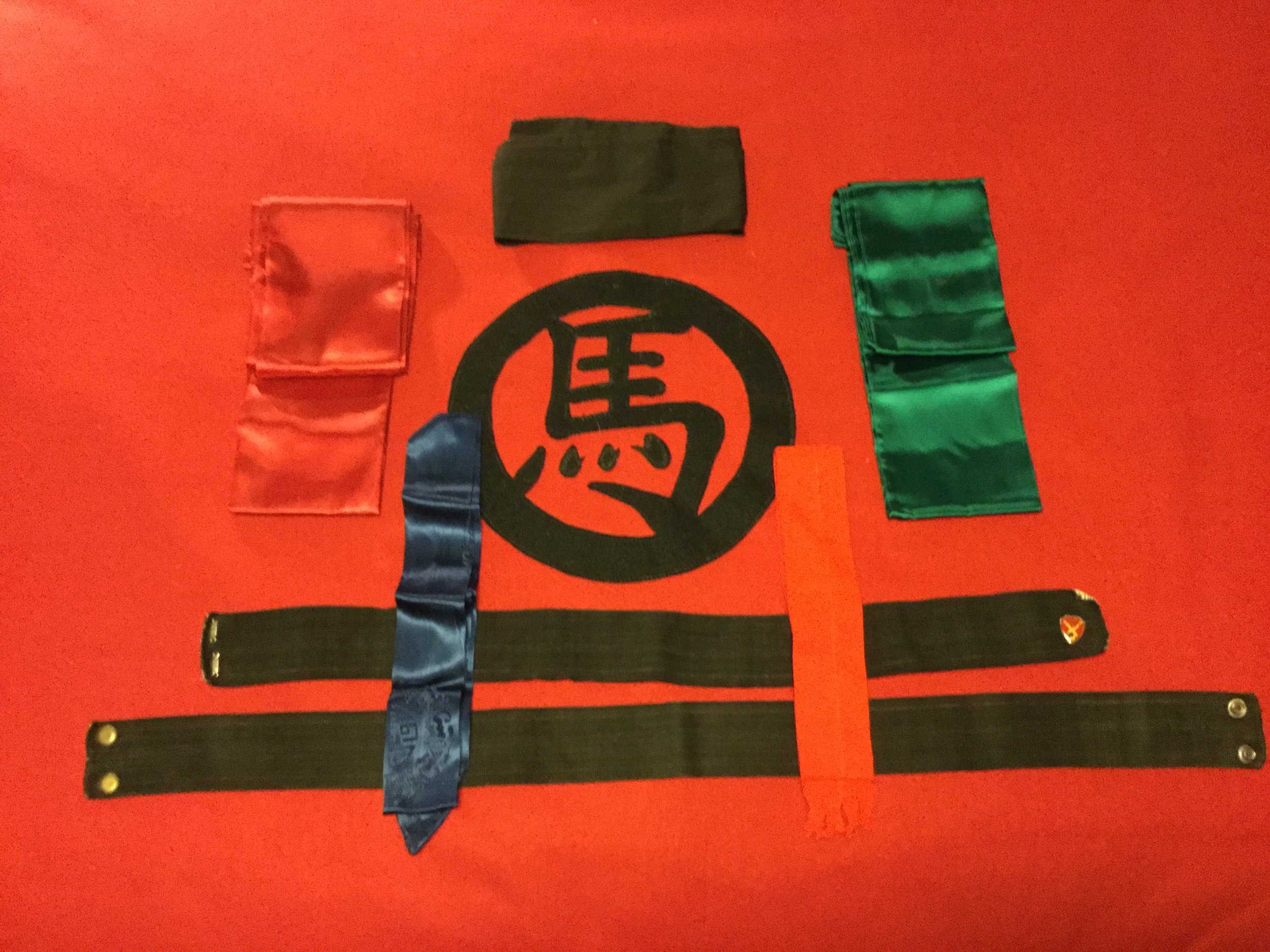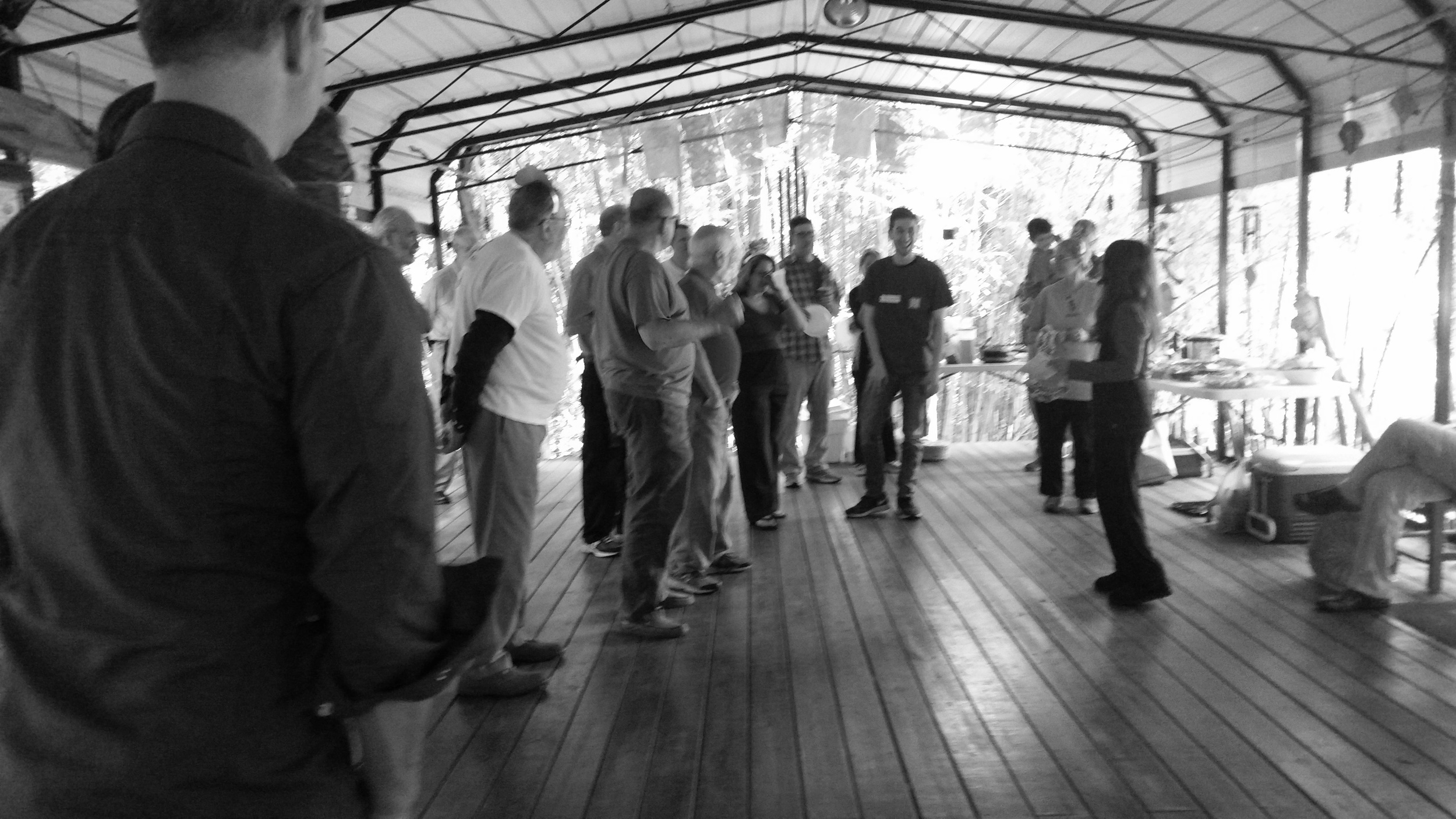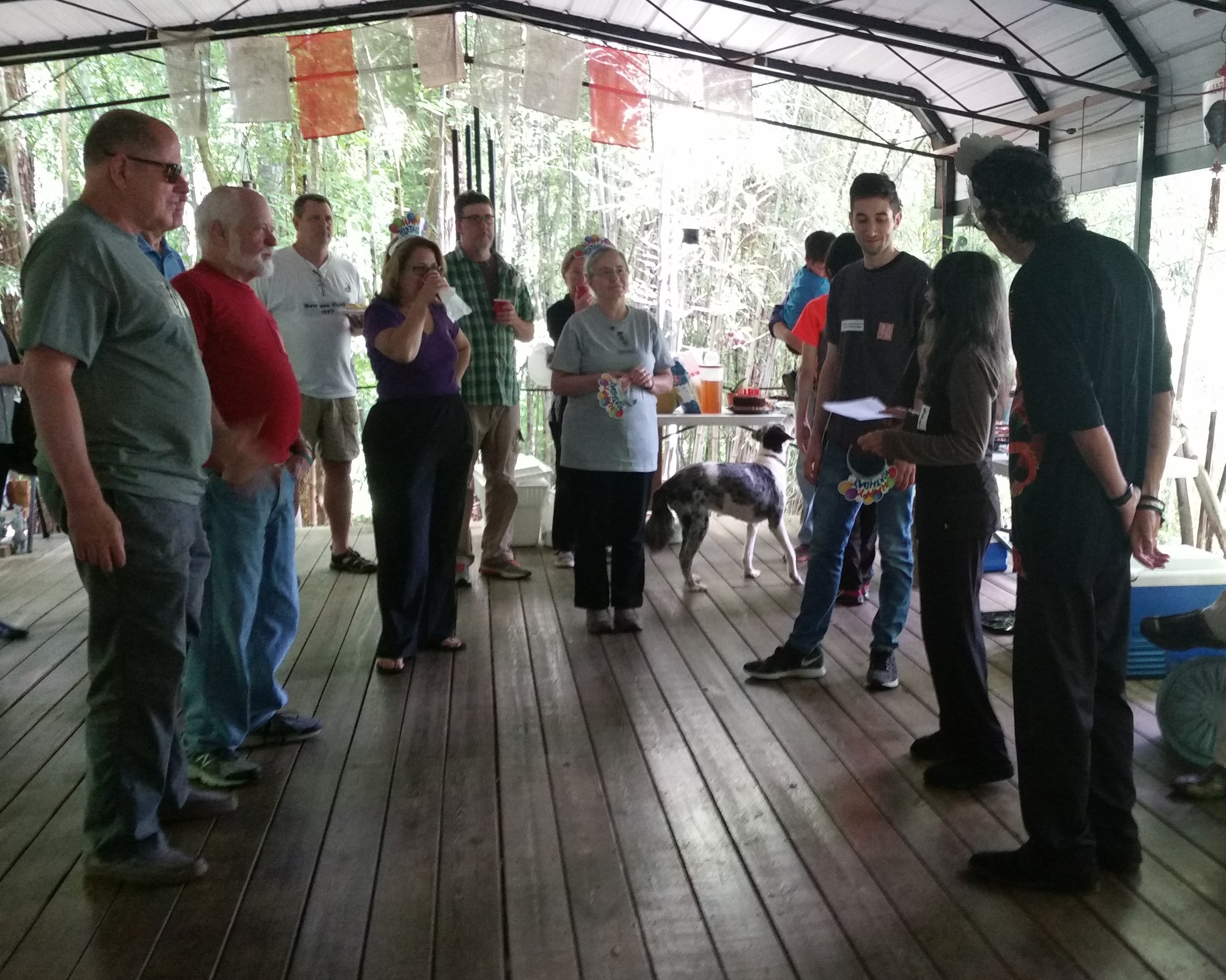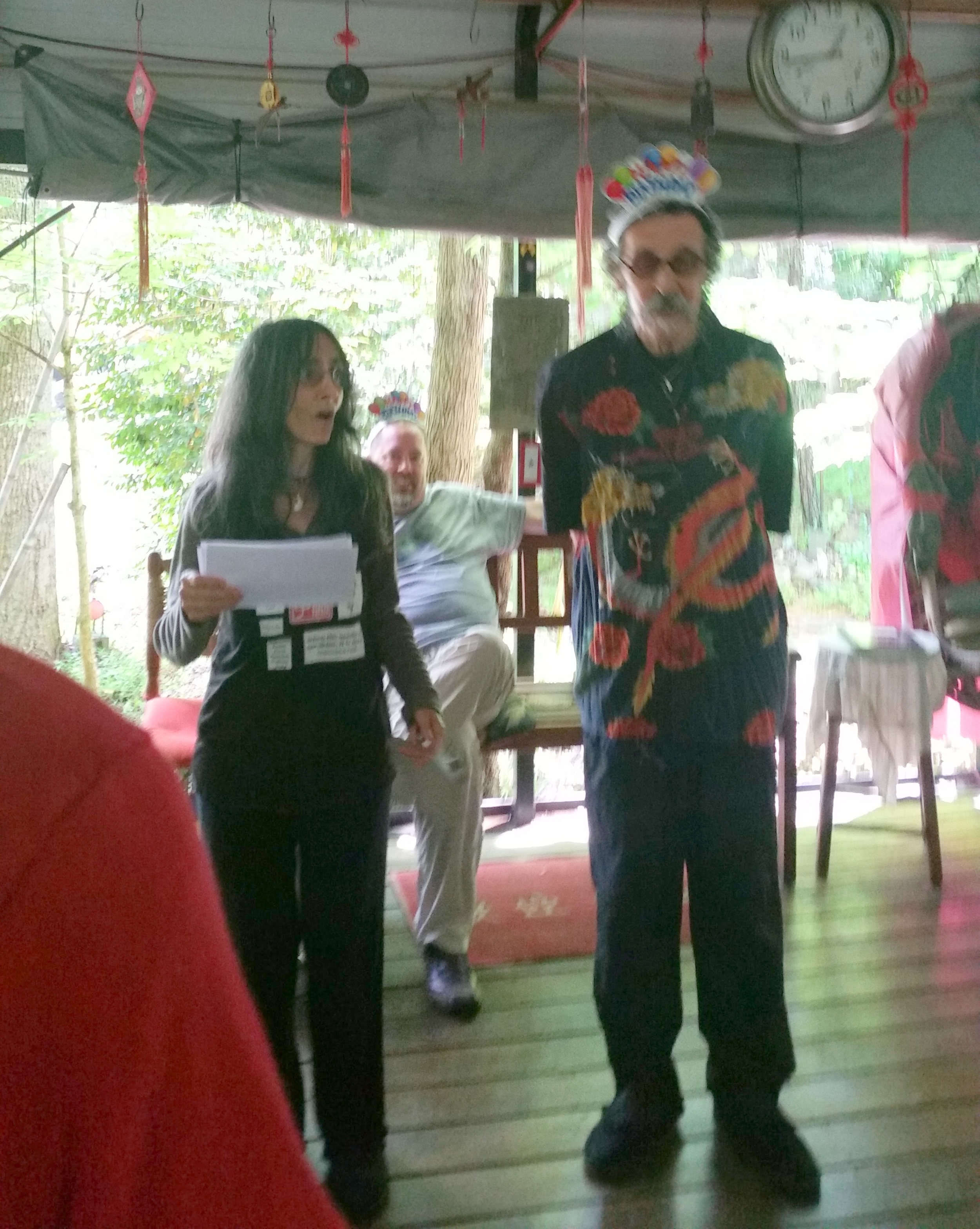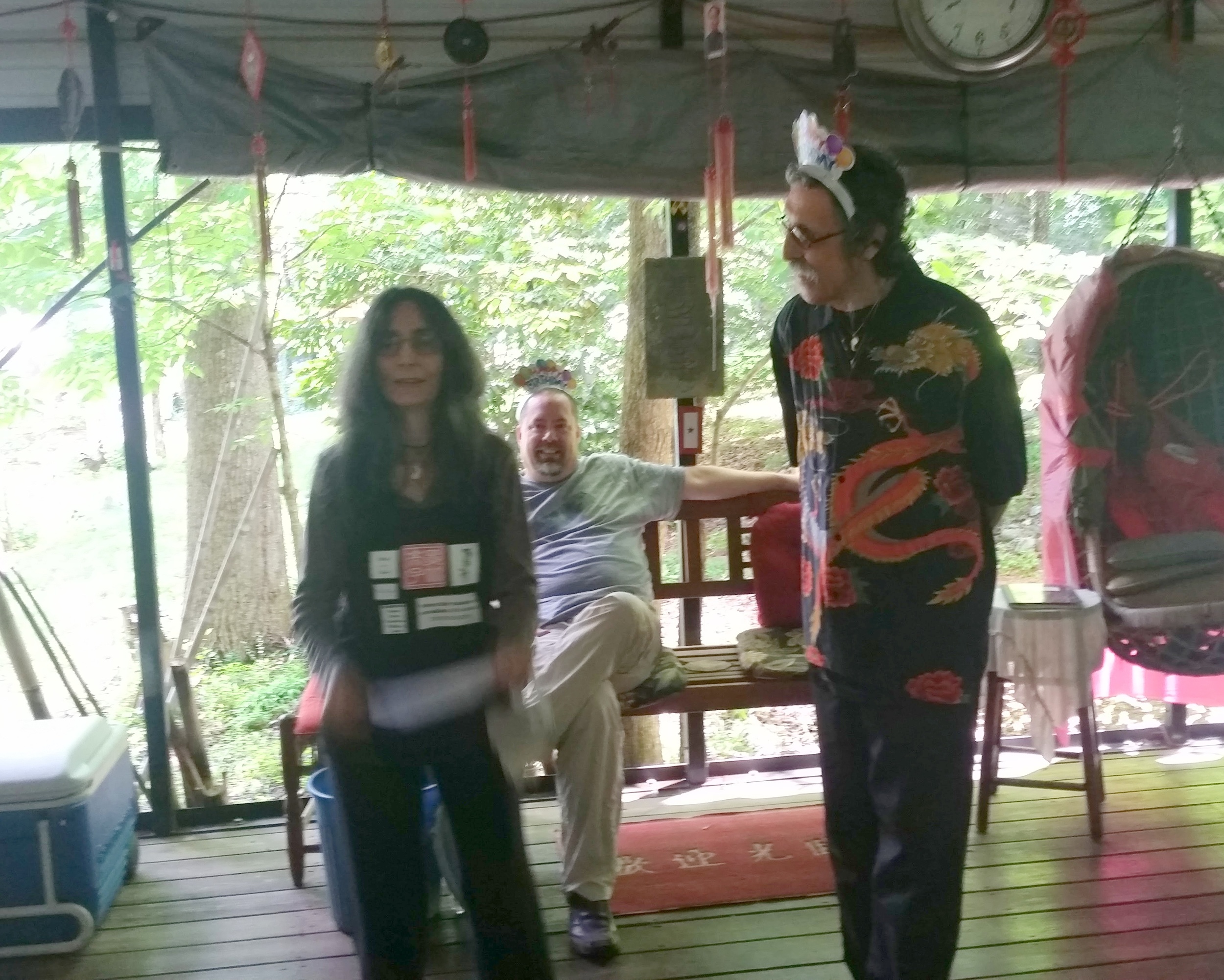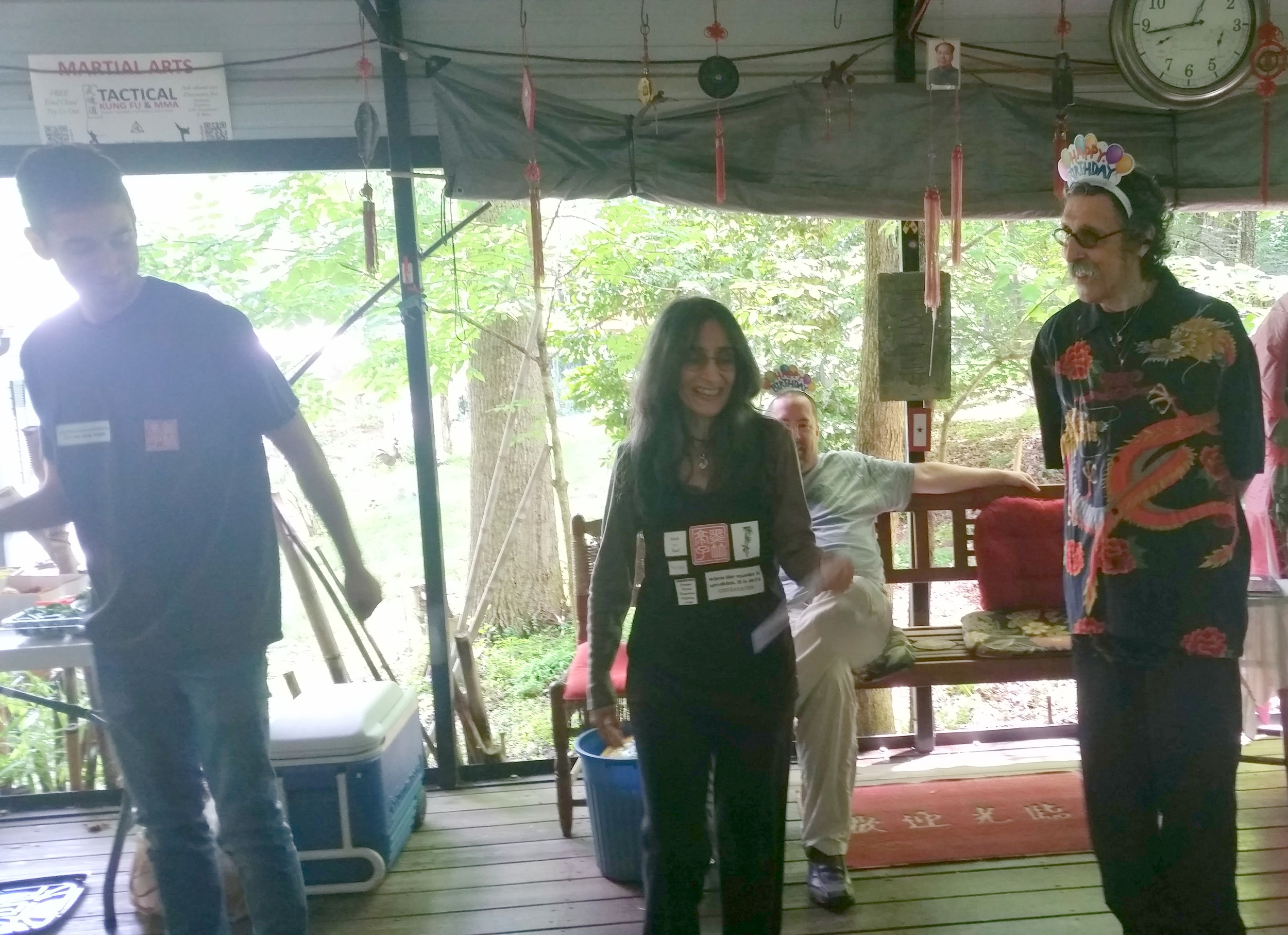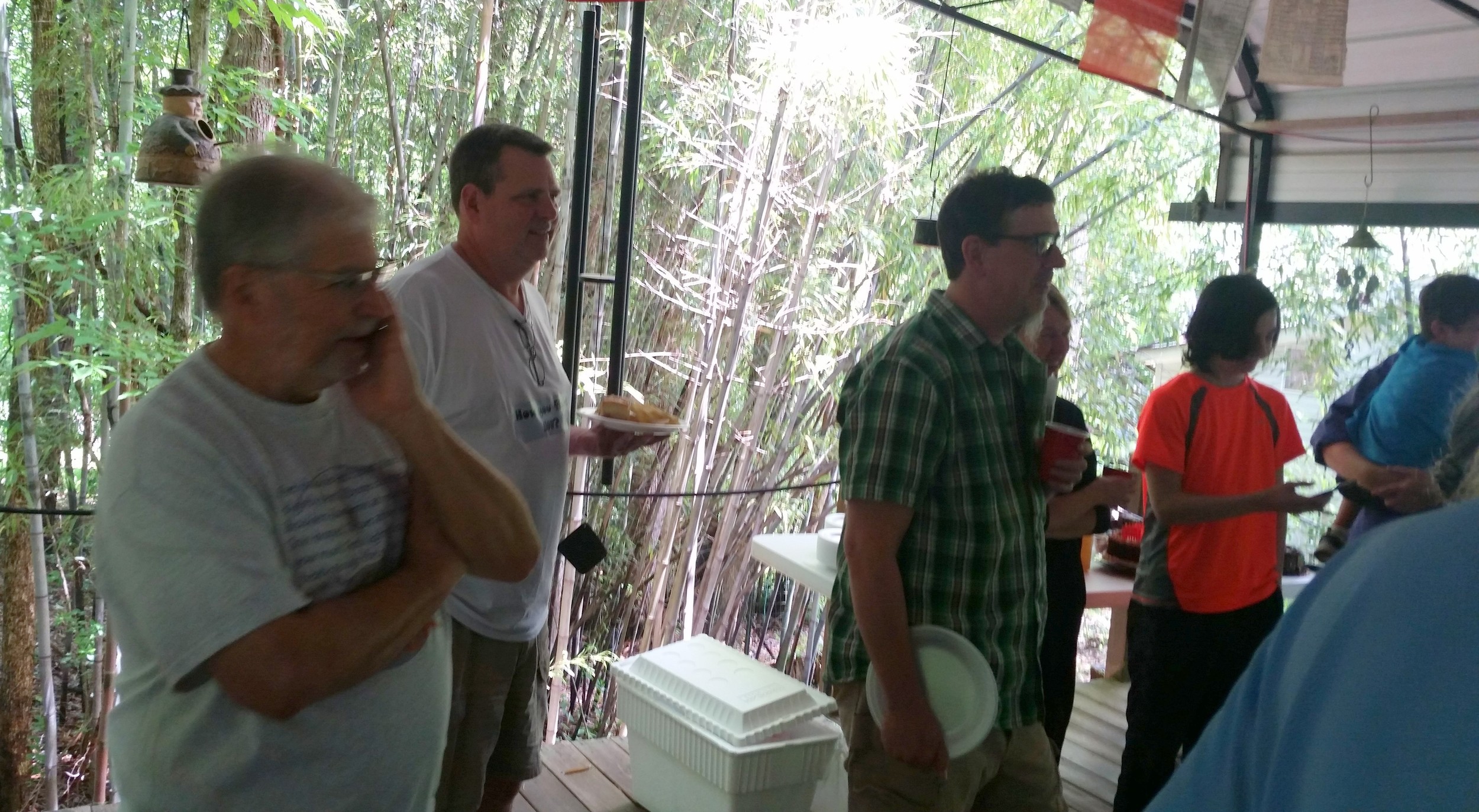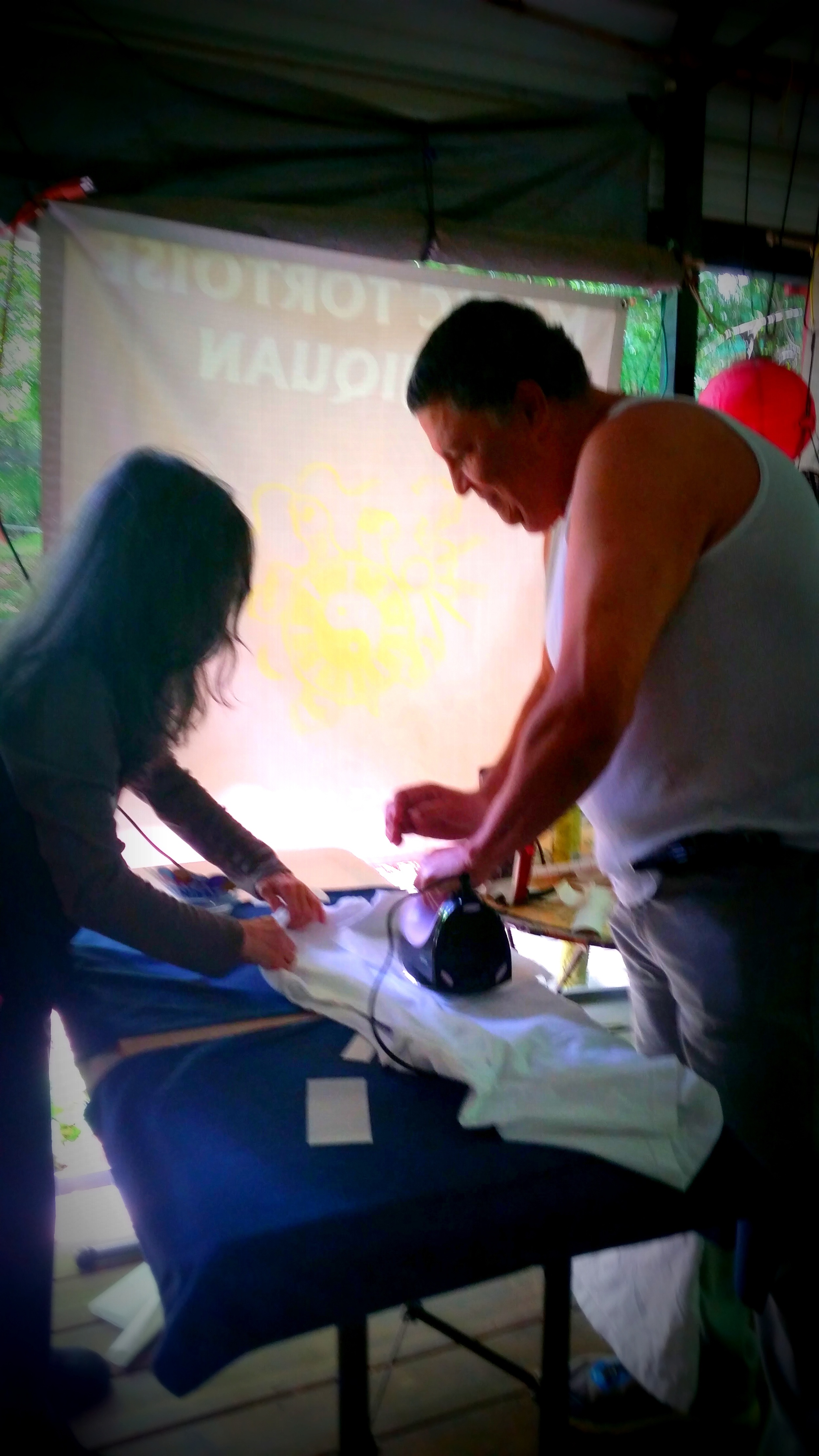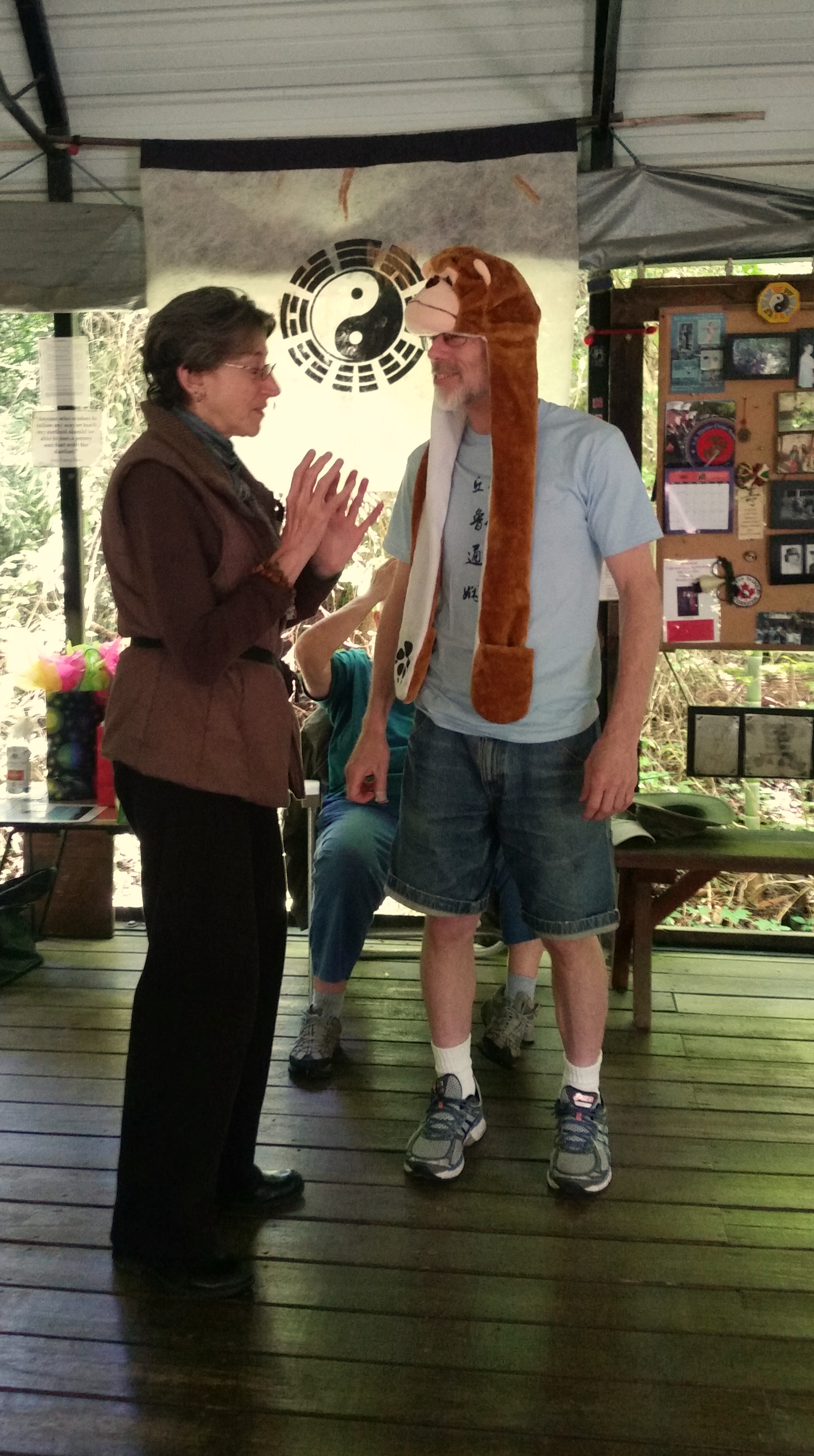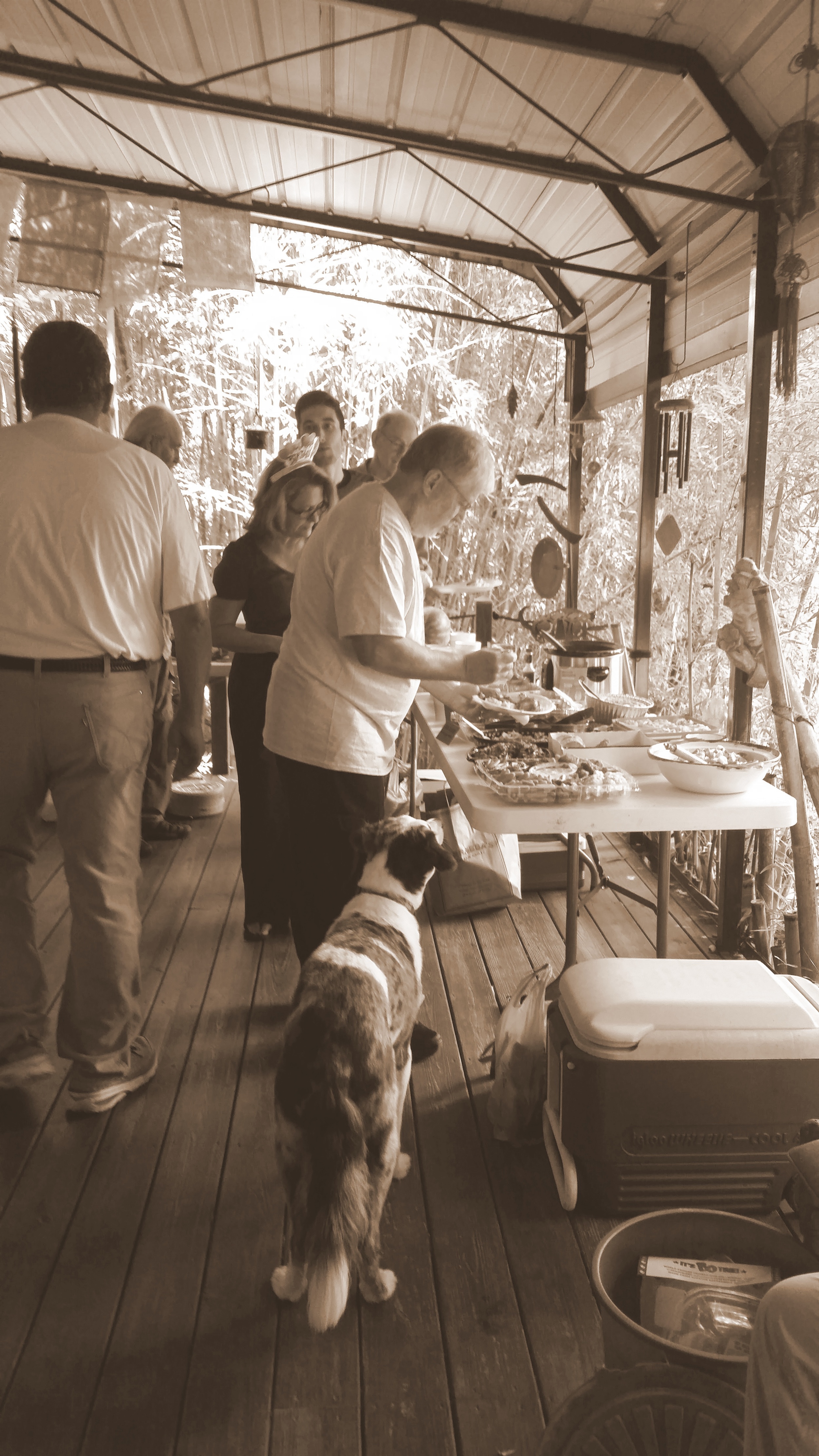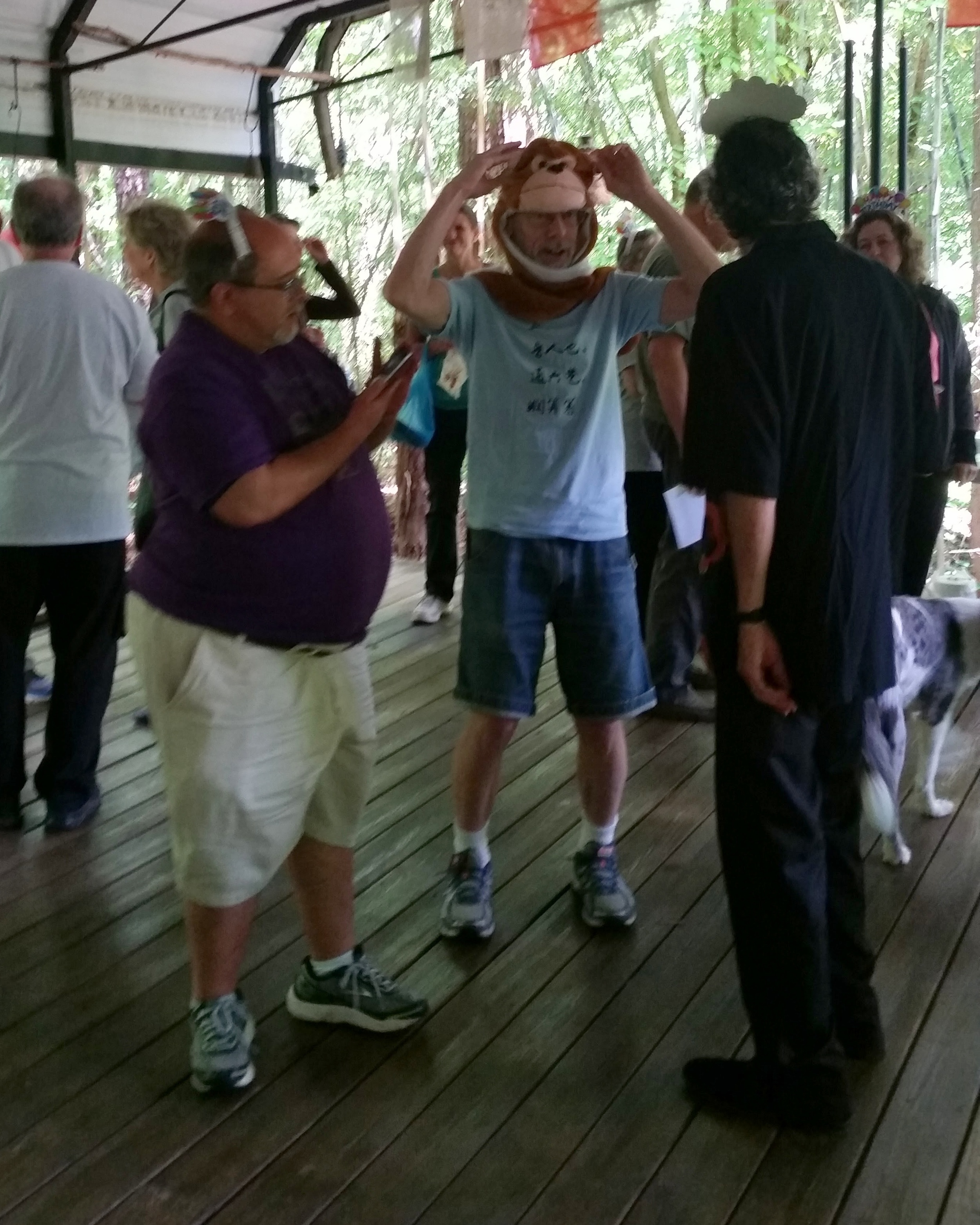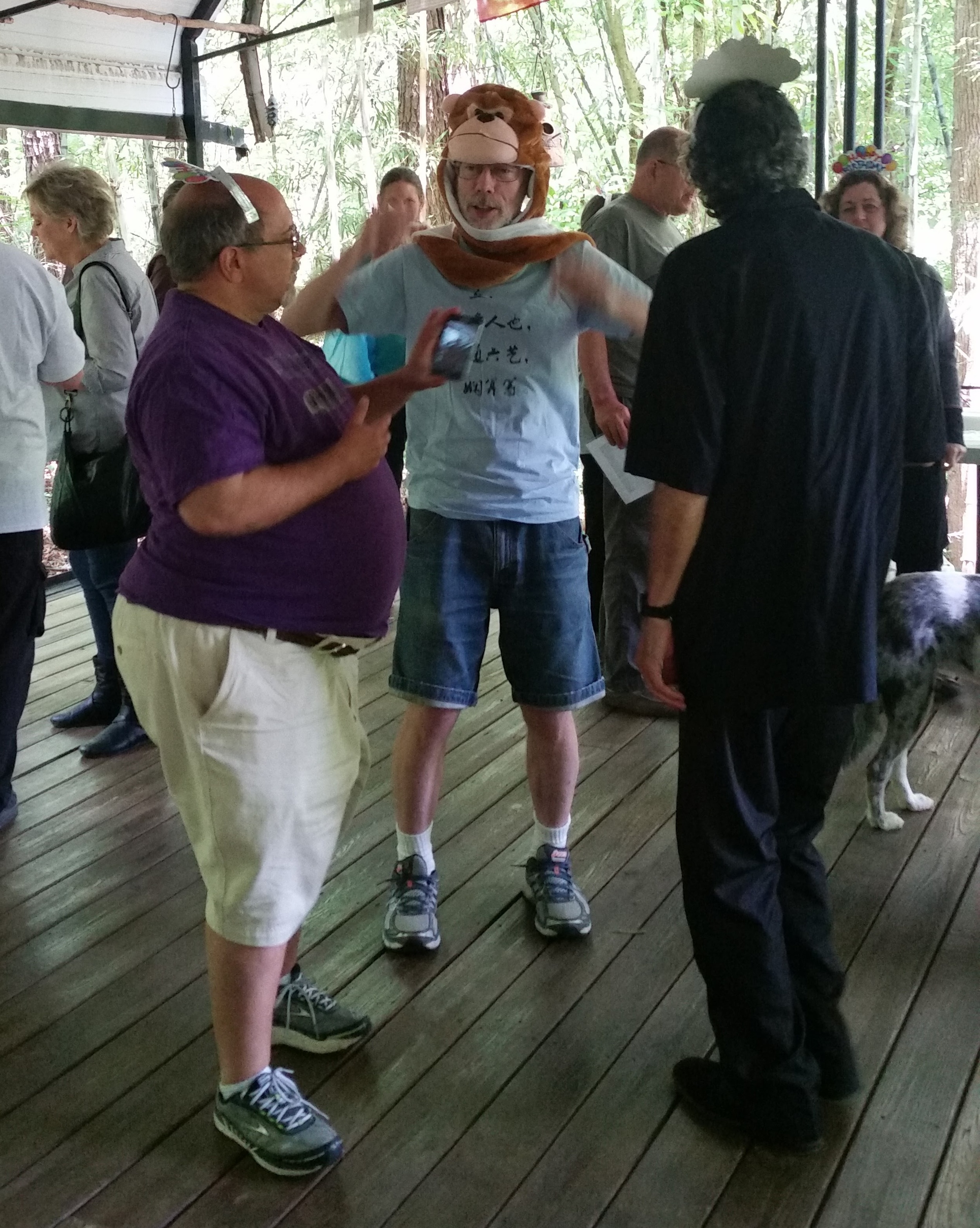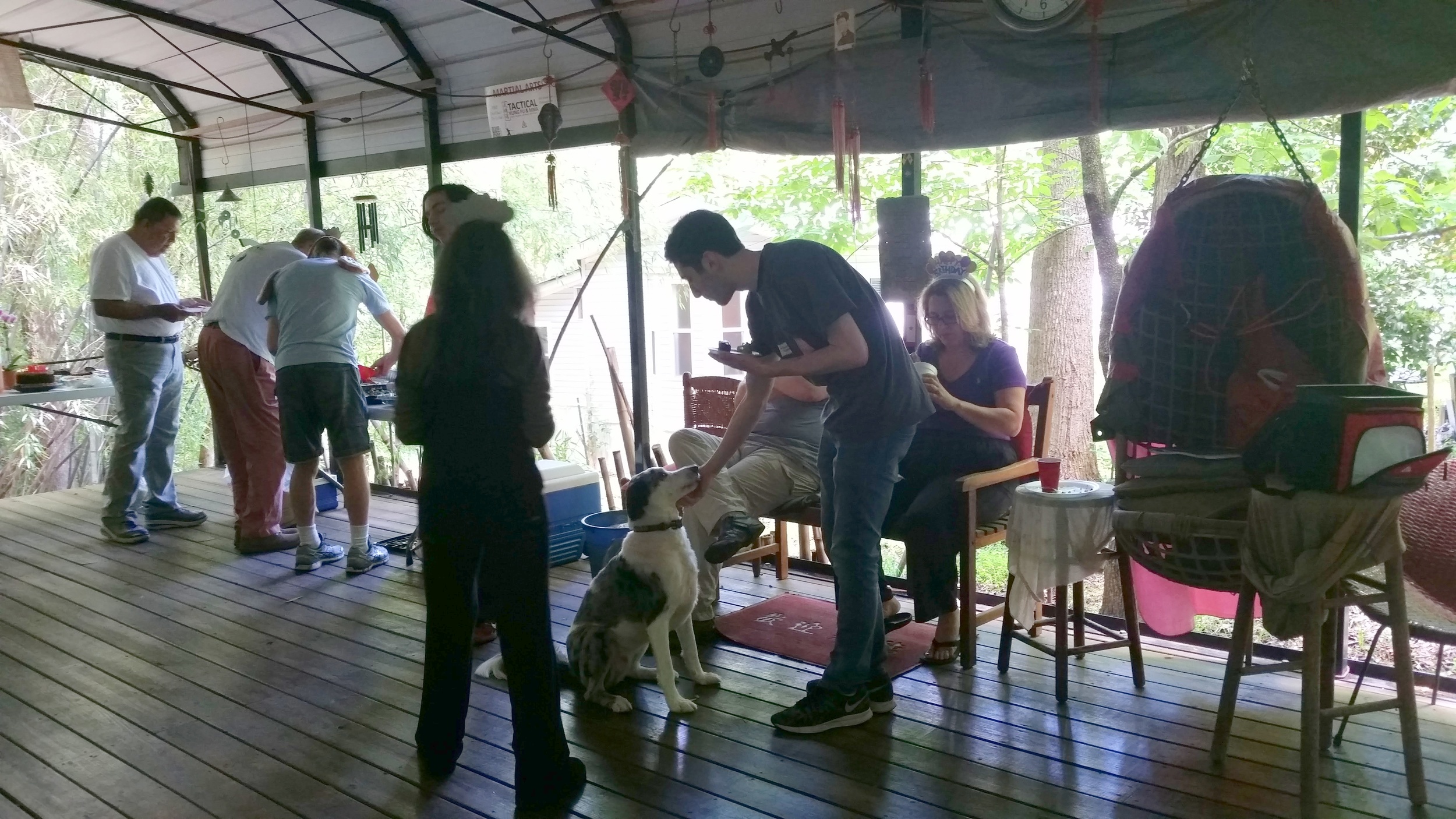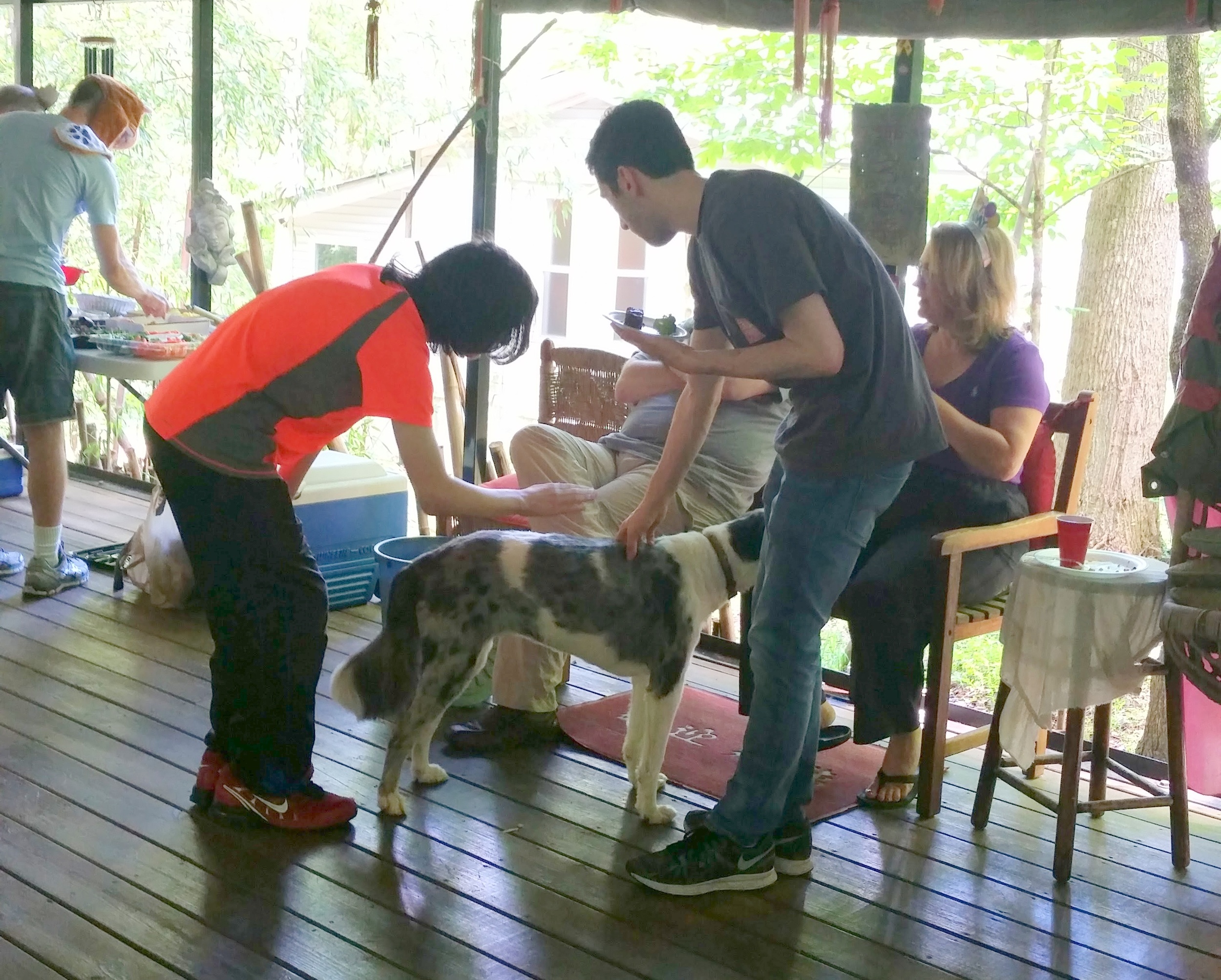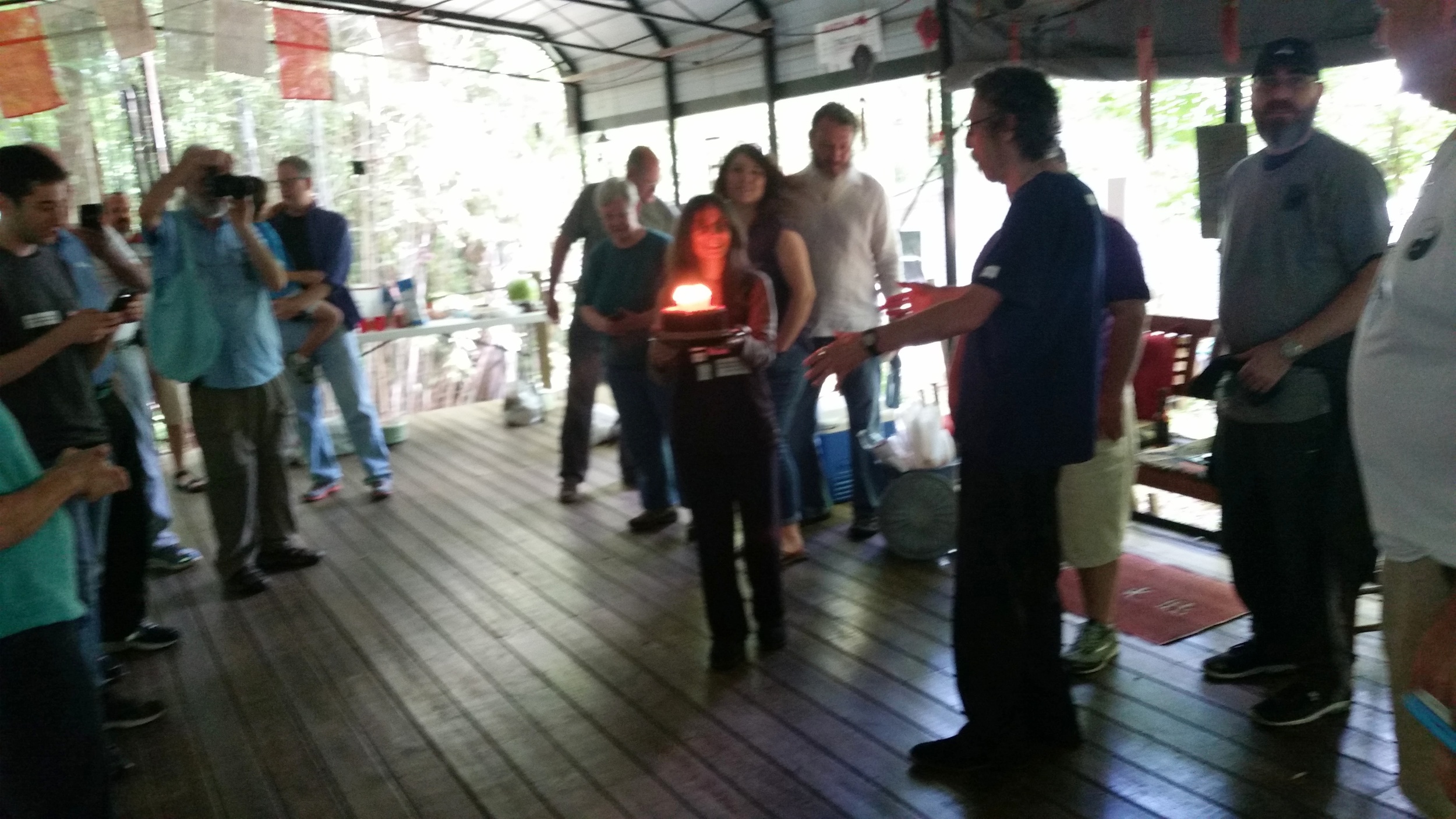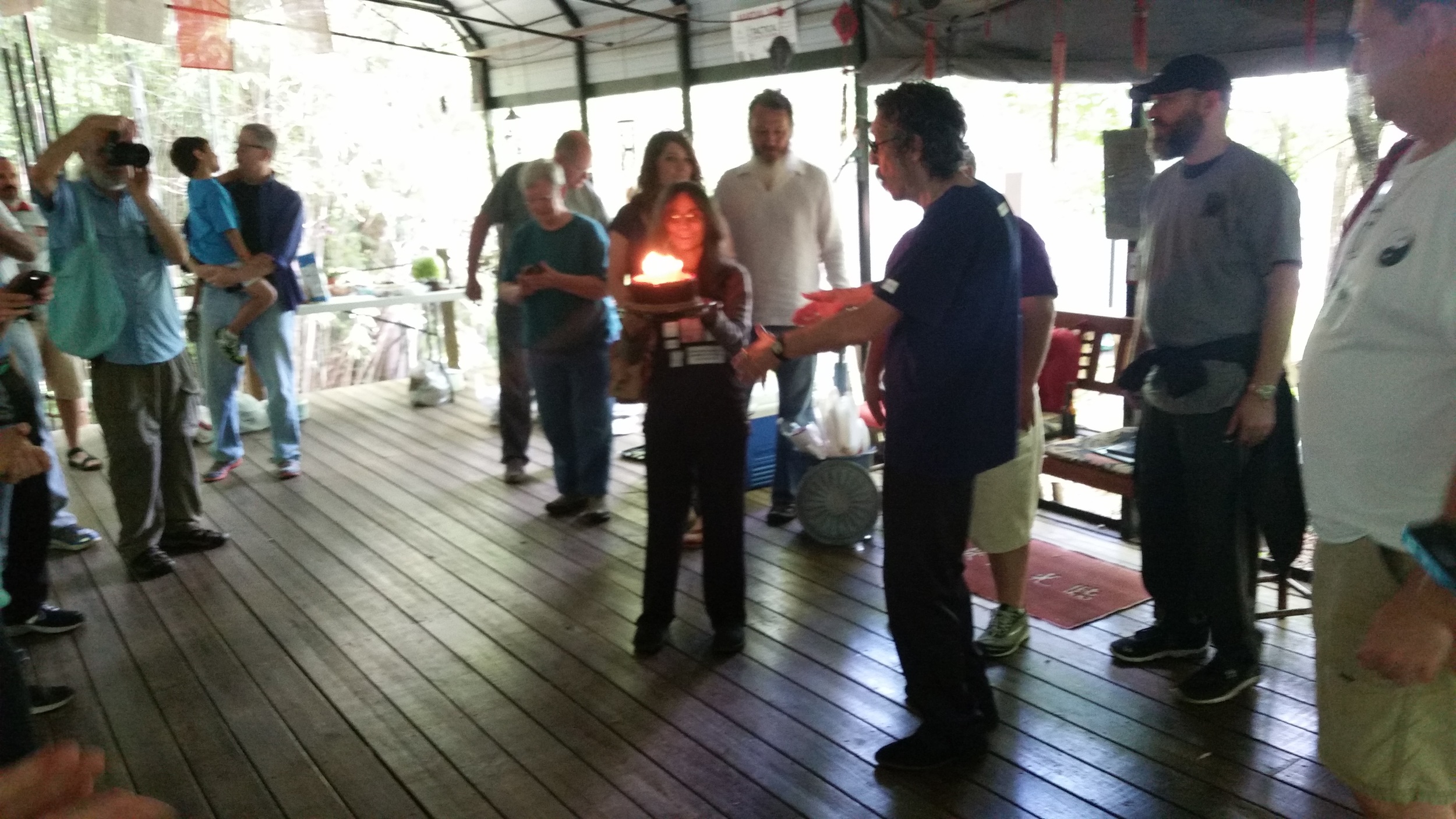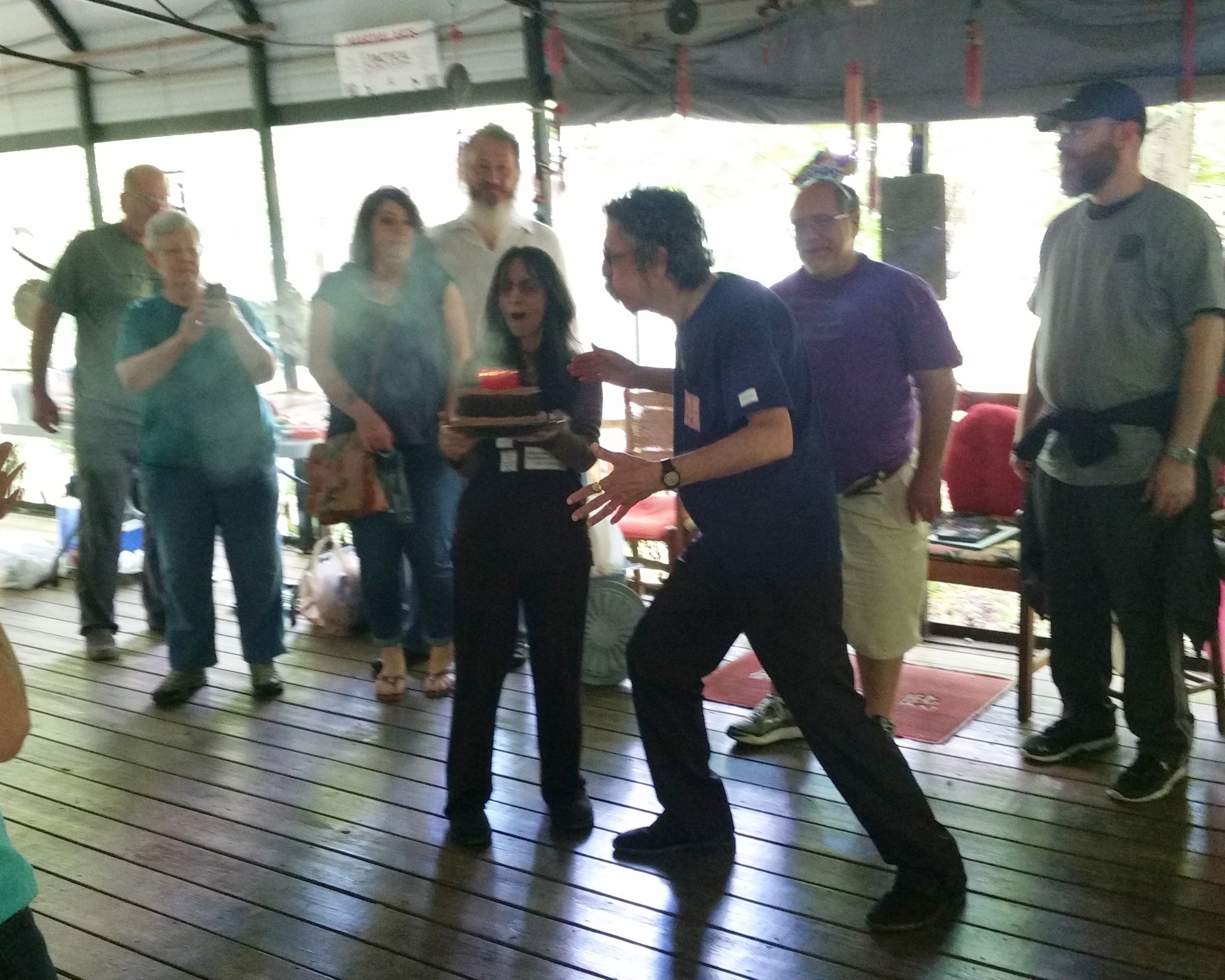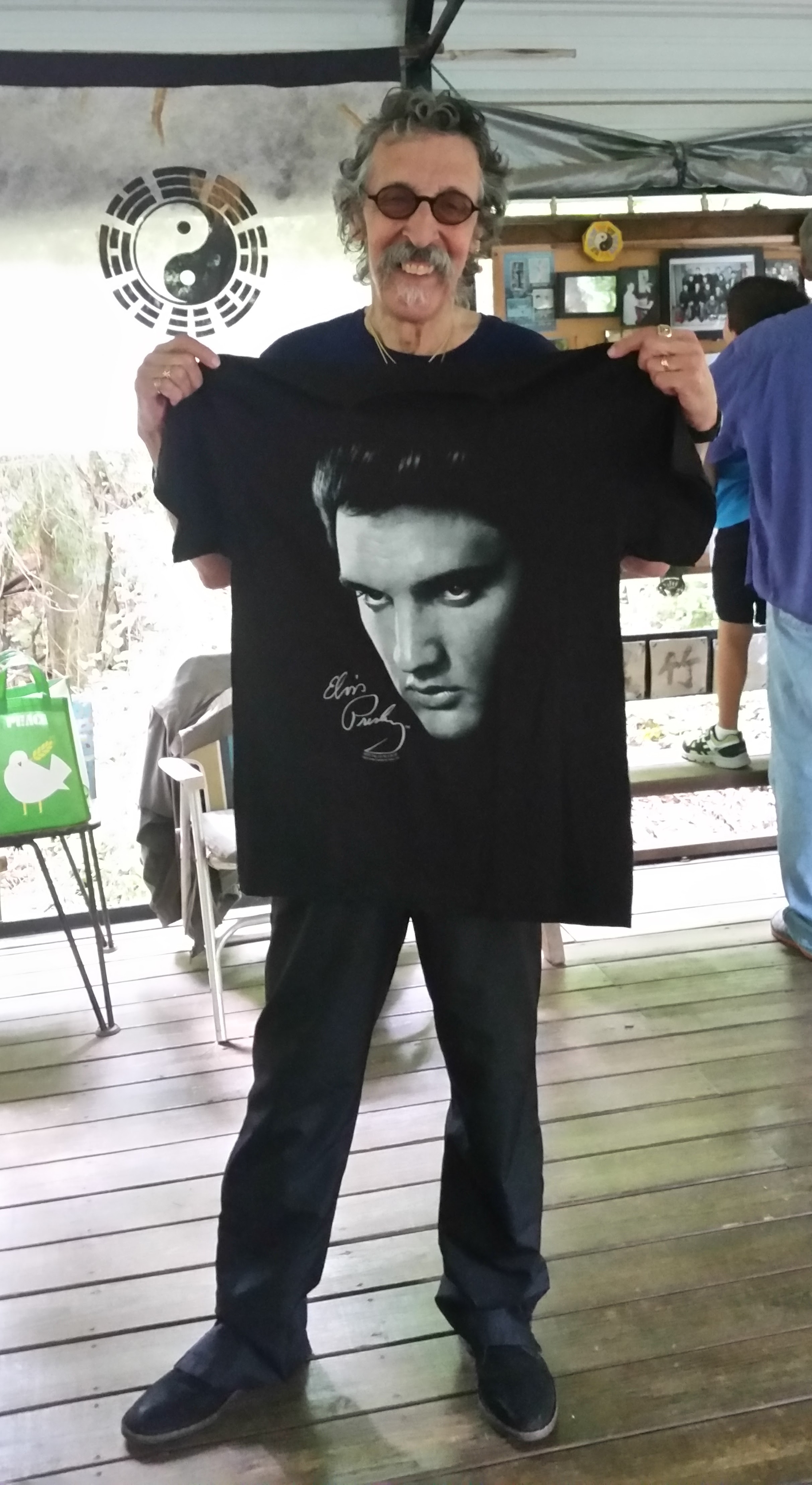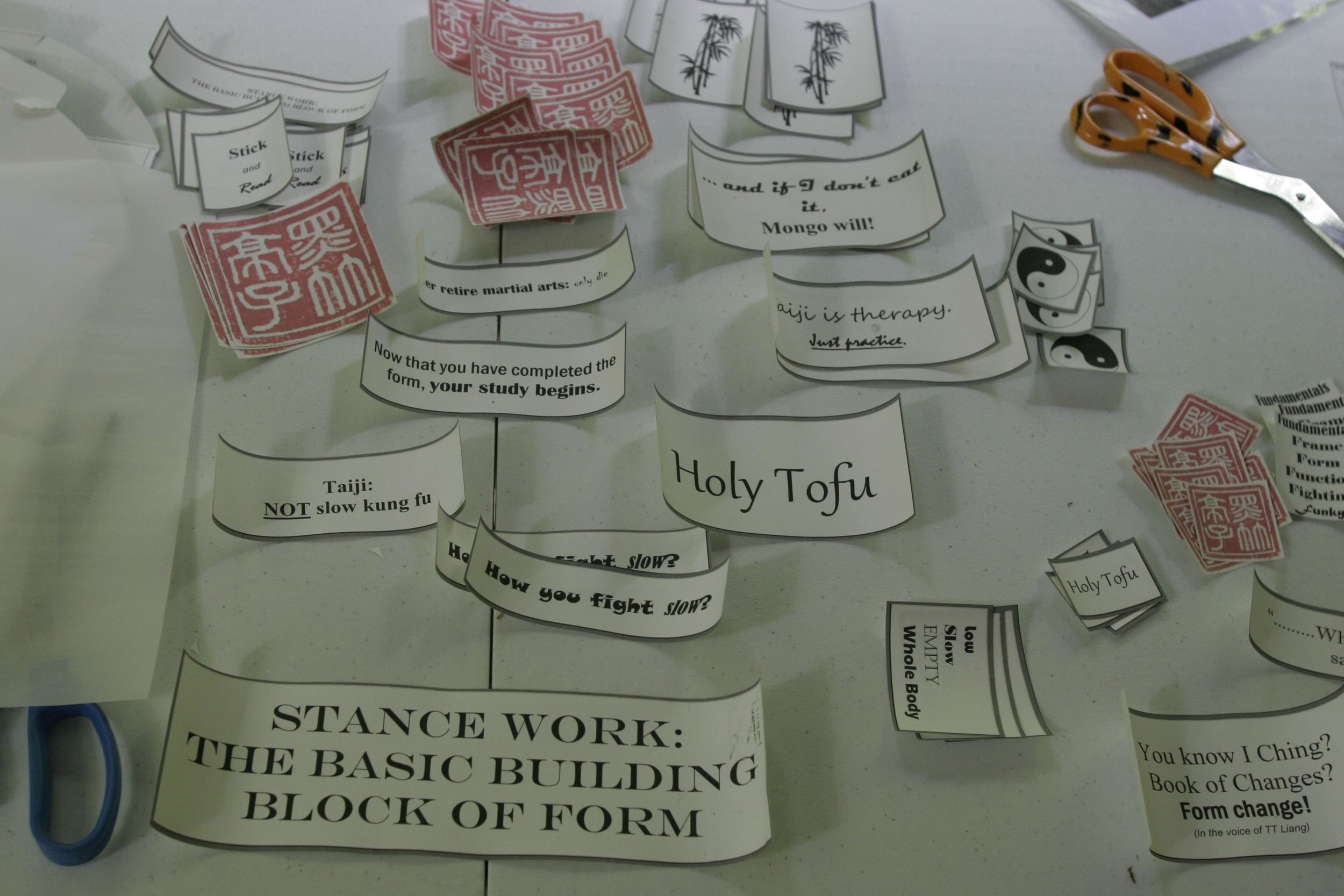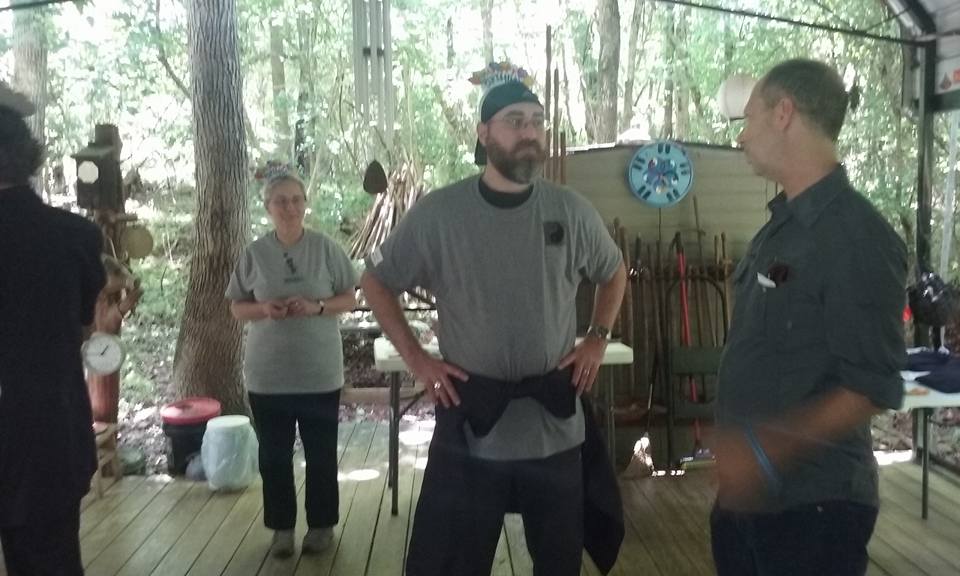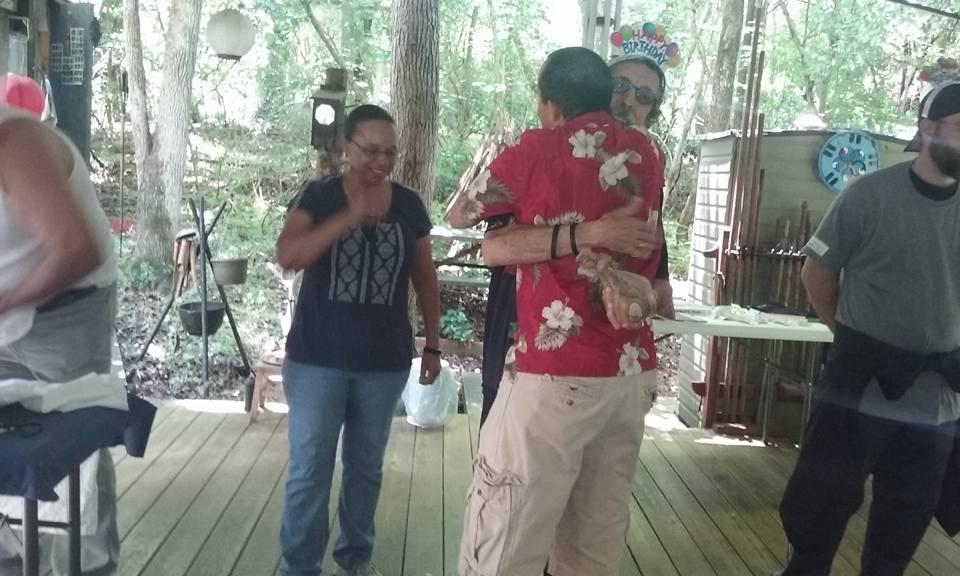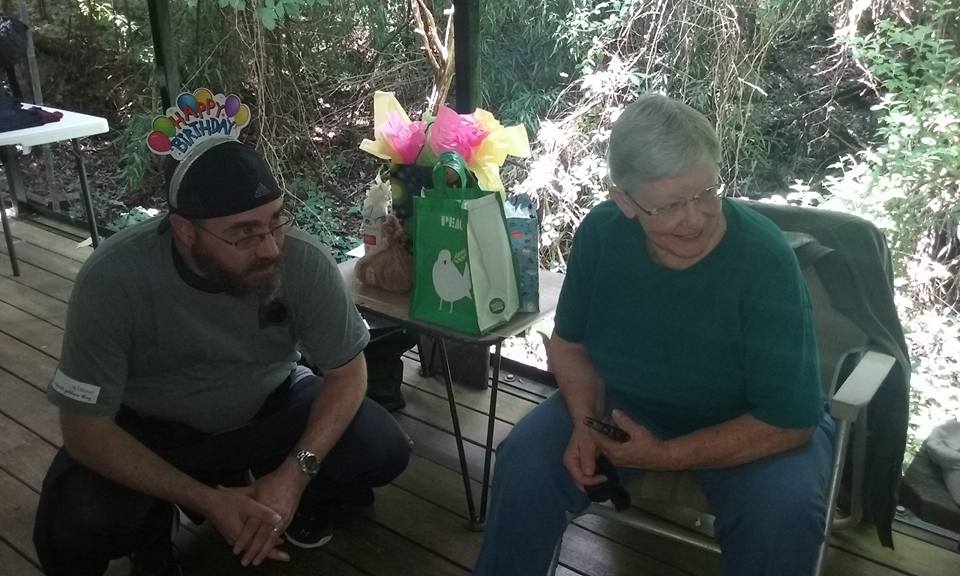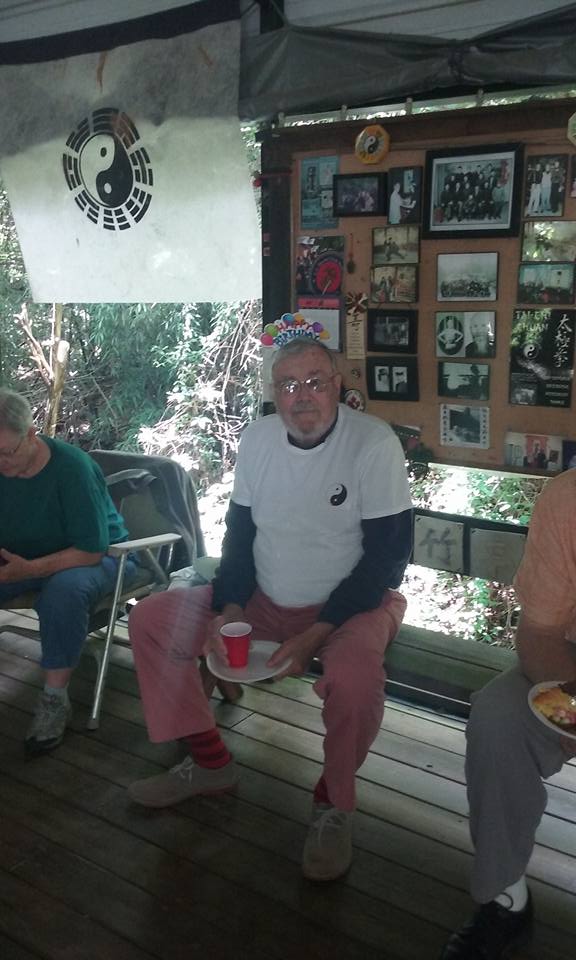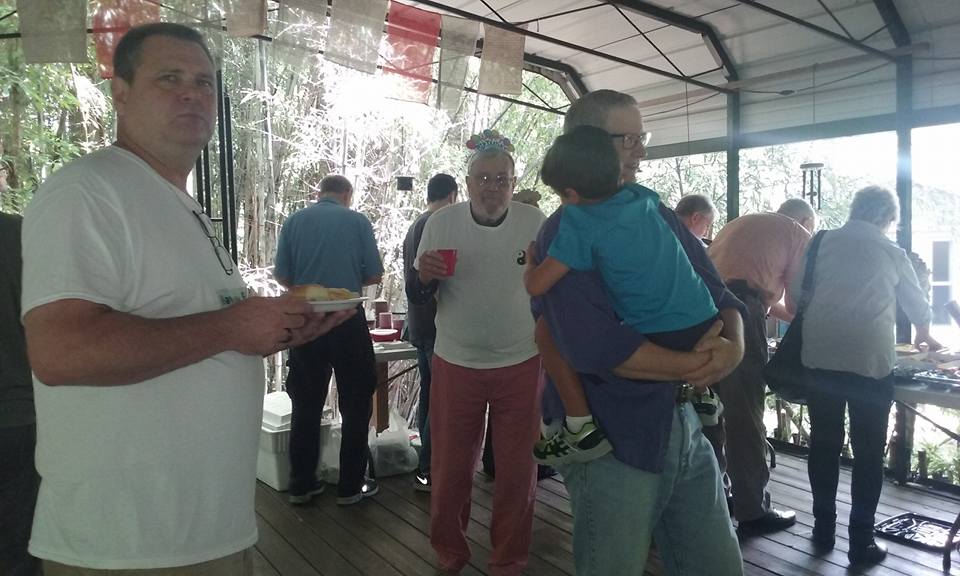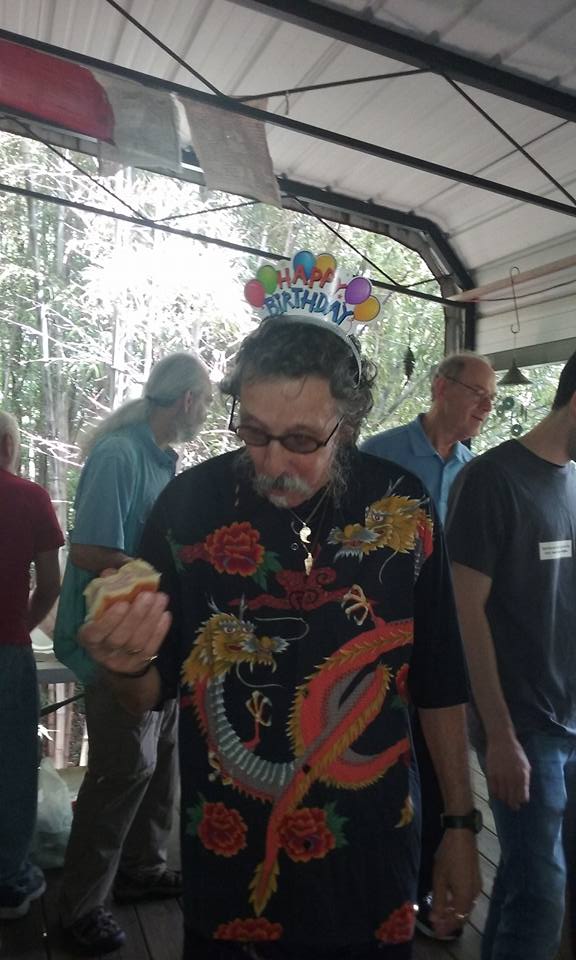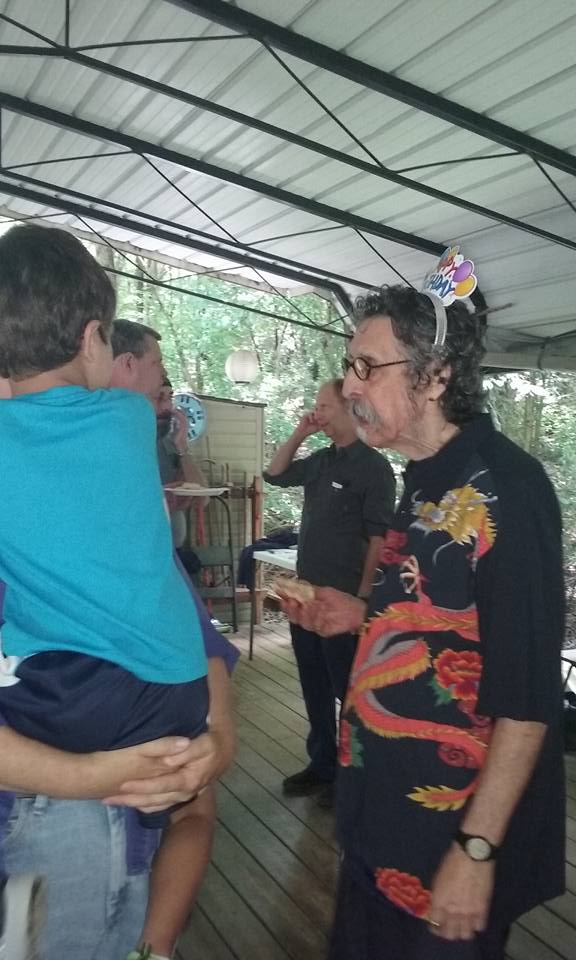Spring Festival and Lantern Festival
/Some photos, taken by and shared by London taiji shimei Lia, on the Second Annual Lantern Festival held in west London's Chiswick Garden Park. When I first looked at these beautiful photos I thought they were the size of those I remembered seeing during my three Lantern Festivals in China, that were festooned in mountain park trees, but the silhouettes of people in one photo (the swan below) show the huge size of these London displays!
Spring Festival and Lantern Festival:
These festivals are linked together in China in a way a lot of foreigners are unaware of. I was privileged to experience 3 of these "Holidays" while living in Wuhan, Wuchang, Hubei Province. Of the three Chun Jie 春 節! or Spring Festival (what we in the West call Chinese New Year) I spent one of these years in Hong Kong when it was still a British Colony, the other two in Wuchang, but I participated in all three Lantern Festivals 元宵節! with friends and Wuchang, Snake Hill Pavilion classmates.
Lantern Festival cannot be mentioned without considering Spring Festival. The Big One! The Mother of all Chinese holidays! If you take Easter, our Spring Festival, with its new clothes, new spring flowers; New Year with its alcohol celebration and year-changing rituals; Christmas with its family traveling and gift giving; Thanksgiving with its special food dishes and family meal; throw in 4th of July with unlimited fireworks, mix them all together for 2 to 3 weeks of raucous noise and gunpowder scented streets, a replacement of an annual animal totem and---you have a glimpse of Chinese Spring Festival, or Chun Jie! Our concept of a one night new year out on the town just doesn't quite fit the bill. But then comes Lantern Festival...!
The spectacle of Chun Jie, with its weeks long celebration, incessant fireworks, accompanied by bottle rocket and firecracker injuries to adults and, way too many, young children (my one Spring Festival attendance in Hong Kong was quite different from that of the Mainland; personal fireworks were forbidden, and only prescribed to one government display from barges out in the Fragrant Harbour), and stressful travel with millions of travelers filling train and bus stations finally comes to a close.
Fifteen days after the Lunar New Year, Lantern Festival brings the tumult of the preceding weeks of hectic celebration with a sedate wrap-up of surprising beauty, grace and neighborly interaction. Families stroll through the streets carrying candle-lit, birdcage sized lanterns held aloft, greeting one another as the processions wind their way toward a neighborhood park, in my case toward Snake Hill where we met in early mornings in the tiered wushu training areas, to hang the lanterns upon tree branches festooning the paths and sinuous ridge of Sheshan 蛇山, in a gentle glow of swaying colored lights. A quite magical and breath-taking ritual.










